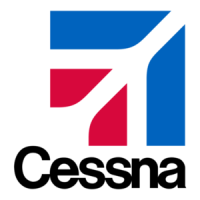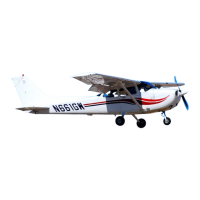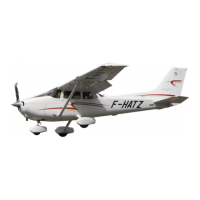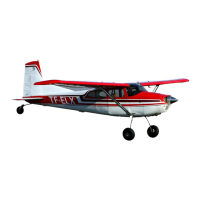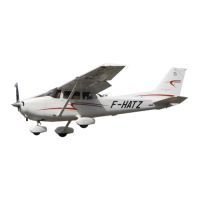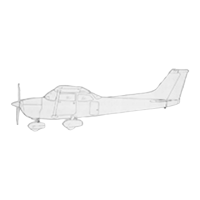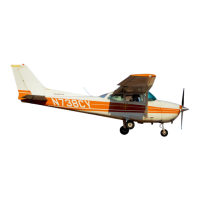SECTION
4
NORMAL PROCEDURES
CESSNA
MODEL 182T NAV Ill
COLD WEATHER OPERATIONS
(Continued)
STARTING
(Continued)
Prior to starting on cold mornings, it is advisable to turn the
propeller manually through several engine compression cycles by
hand to loosen the oil, so the engine cranks (motors) more easily
and uses less battery power. When the propeller is turned
manually, turn it in the opposite direction to normal engine rotation
for greater safety. Opposite rotation disengages the magneto
impulse couplings and prevents possible unwanted ignition.
When using an external power source, the MASTER switch ALT
and BAT sections must be in the OFF position before connecting
the external power source to the airplane receptacle. Refer to
Section
7,
Ground Service Plug Receptacle, for external power
source operations.
Cold weather starting procedures are the same as the normal
I
starting procedures. However, to conserve battery power the beacon
light can be left off until the engine is started. Use caution to prevent
inadvertent forward movement of the airplane during starting when
parked on snow or ice.
NOTE
If
the engine does not start during the first few
I
attempts, or if engine firing diminishes in strength,
the spark plugs may be frosted over. Preheat must
be used before another start is attempted.
During cold weather operations, the oil temperature indicator may
not be in the green arc prior to takeoff if outside air temperatures
are very cold. After a suitable warm up period (2 to
5
minutes at
1000
RPIVI), accelerate the engine several times to higher engine
RPMs. If the engine accelerates smoothly and the oil pressure
remains normal and steady, the airplane is ready for takeoff.
I
WINTERIZATION KIT
I
An optional winterization kit is available and may be utilized when
cold weather operations are conducted. Refer to Section
9,
Supplement
6
for installation and operational details.
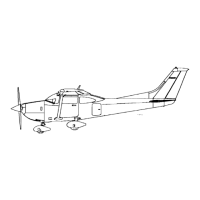
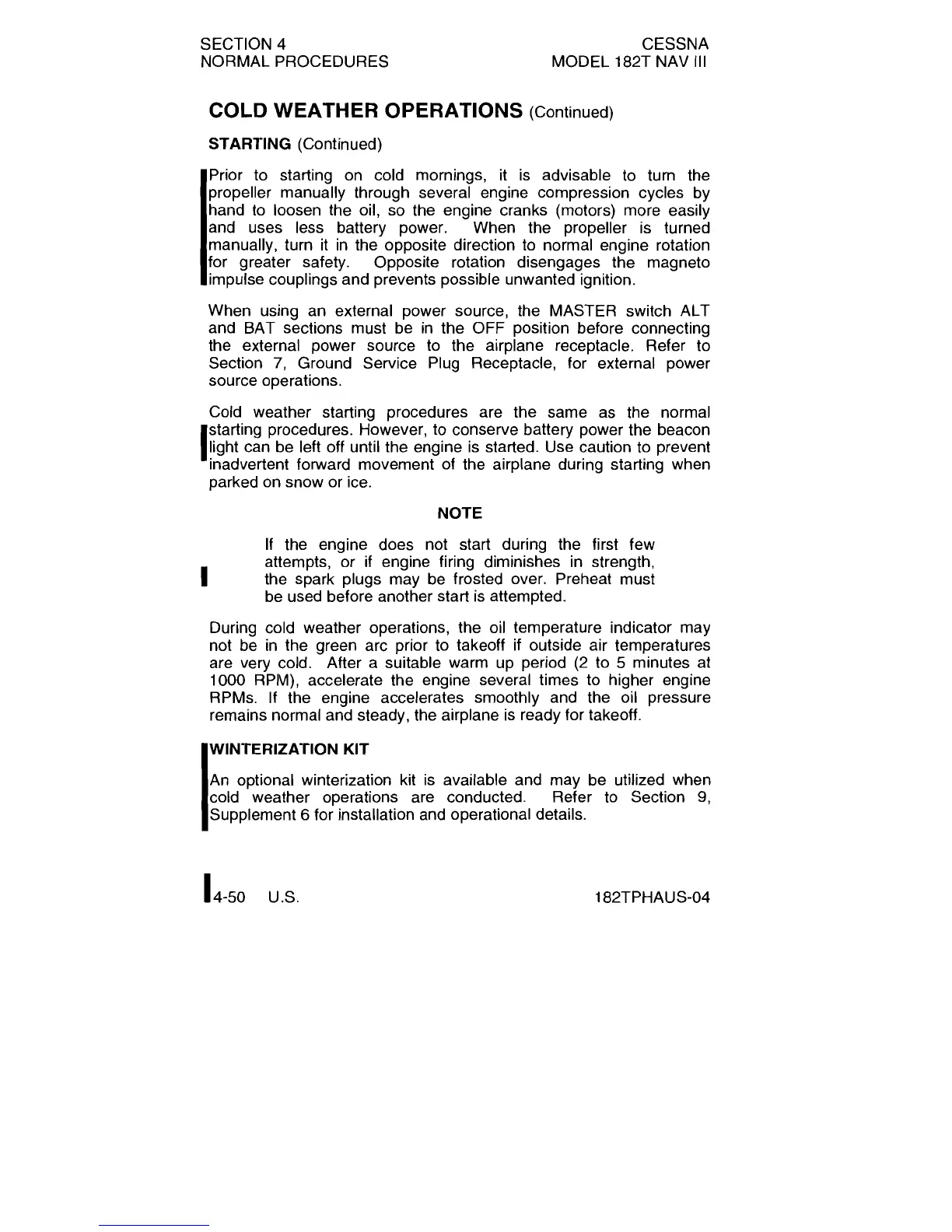